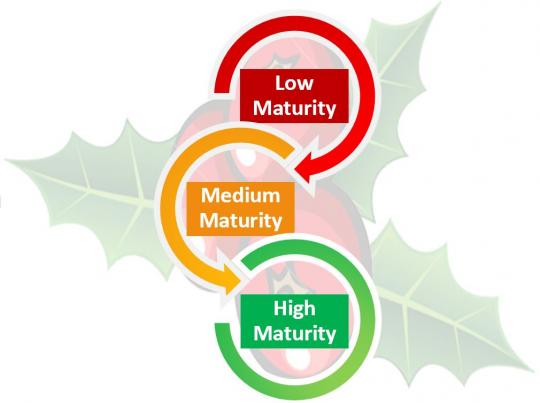A month-end maturity model for Microsoft Dynamics NAV: From misery to mastery to wizardry

There's no doubt that "days to close the books" is a metric that every controller and CFO would improve if they could. Shorter closes mean understanding last month's financial performance in time to make well informed decisions and better allocation of resources.
Despite this eagerness to settle their prior month adjustments and postings, we encounter clients that take far too long to close their month (or worse, they never perform a month-end).
We've made it a New Year's Resolution to promote better hygiene in the month-end process. We've gone on the road to talk about it and even published an eBook dedicated entirely to month-end mastery. To help NAV customers put things in perspective we outline a "Month-end Maturity Model," a tough-love, hard-truth approach that clients can use to determine where they stand on the road to operational month-end excellence.
Low maturity
This tier of the model is what gets you on Santa's "Naughty List." Typical lapses, missteps and indications include:
- No Posting Date restrictions
- Inventory costing issues
- A large number of Unposted Open Journal Batches
- Subledger reconciliations are non-existent or sporadic
- Lack of or incorrect foreign exchange gains/losses
- Poor reporting practices
- Inconsistent results of reported financial data
Reasons for being in this state include: high staff turnover, gaps in Dynamics NAV training, lack of accountability in finance, or even being too busy to notice that this is an issue. Whatever the case may be, recognizing that these are problems is absolutely the first step to remedying the ...
FREE Membership Required to View Full Content:
Joining MSDynamicsWorld.com gives you free, unlimited access to news, analysis, white papers, case studies, product brochures, and more. You can also receive periodic email newsletters with the latest relevant articles and content updates.
Learn more about us here